Powering Up
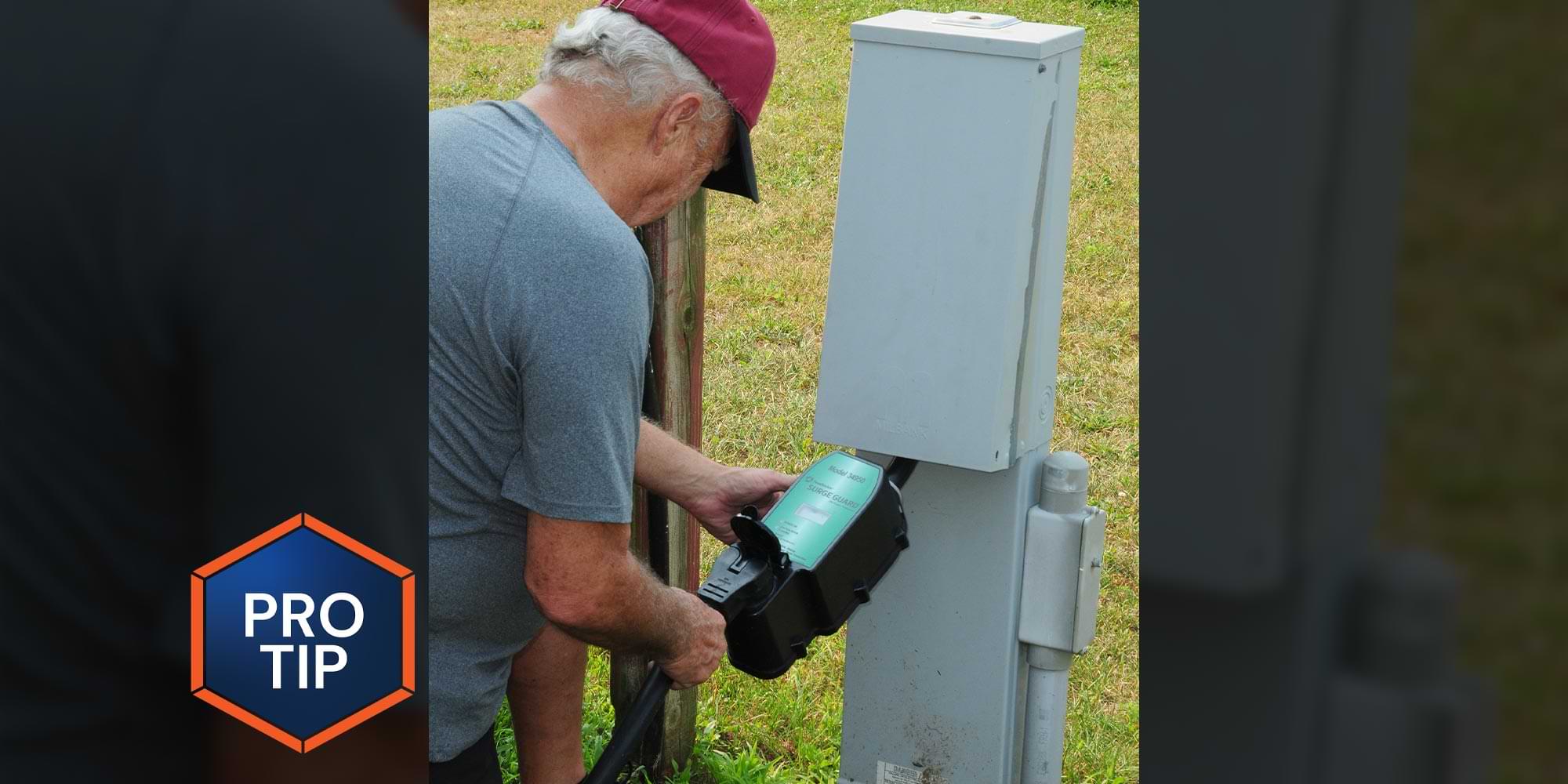
Hooking up to 120-volt AC power seems like a no-brainer, but there are a few precautions that should be taken before plugging in the power cord. First, you should determine the quality of the power — meaning, is the voltage at a proper level and is the wiring correct? Utilizing a surge protector is paramount, and most of the newer devices have multiple protection segments. The better ones, like the Hughes Watchdog (hughesautoformers.com) have a delay feature that surveys the connection and will provide an “all’s clear” signal (and connect) if the power is safe for the RV. The Hughes surge protector is very sophisticated and offers Bluetooth connectivity to a smart device.
You should never plug in an RV before establishing whether the power is “clean.” If you don’t have a surge protector, at least use a multimeter or commercial monitor to make sure there are no issues with the power. If using a multimeter, make sure the probes are in the right position for an accurate voltage measurement. To check voltage on a 50-amp receptacle, put one probe in the bottom vertical slot and the other probe in one of the other vertical slots. After you get that voltage value, move the outside probe to the other outside vertical slot and read voltage again. Voltage should be similar. For a 30-amp circuit, put the probes in the vertical slots and read the voltage.
Power cords are relatively durable if they are not abused. Typically, the cords that are supplied with the RV meet minimum standards and are less pliable than aftermarket counterparts. For example, Marinco (marinco.com), a venerable supplier to the marine industry, markets easy-to-handle 30- and 50-amp power cords that offer excellent service over long periods of time, typically the life of the RV. They are not cheap, but quality is obviously better than the stock versions and are much less rigid.
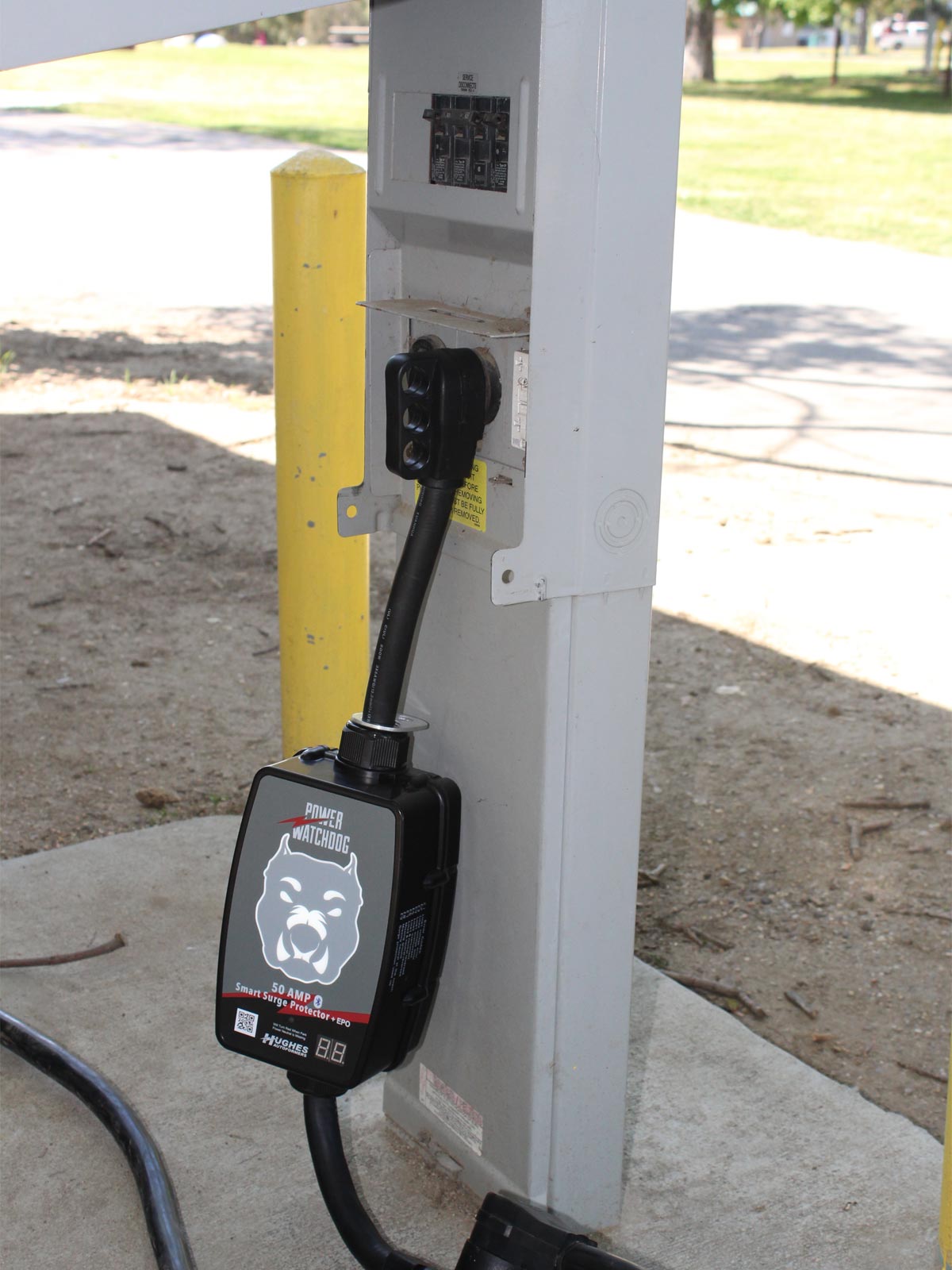
All RVers should get into the habit of using a surge protector when hooking up to 120-volt AC power. These units provide circuit protection against brown and blackouts, low/high voltage and mis-wired hookups. The Hughes Power Watchdog is available in 30- and 50-amp iterations and offers high-tech features like Bluetooth connectivity.
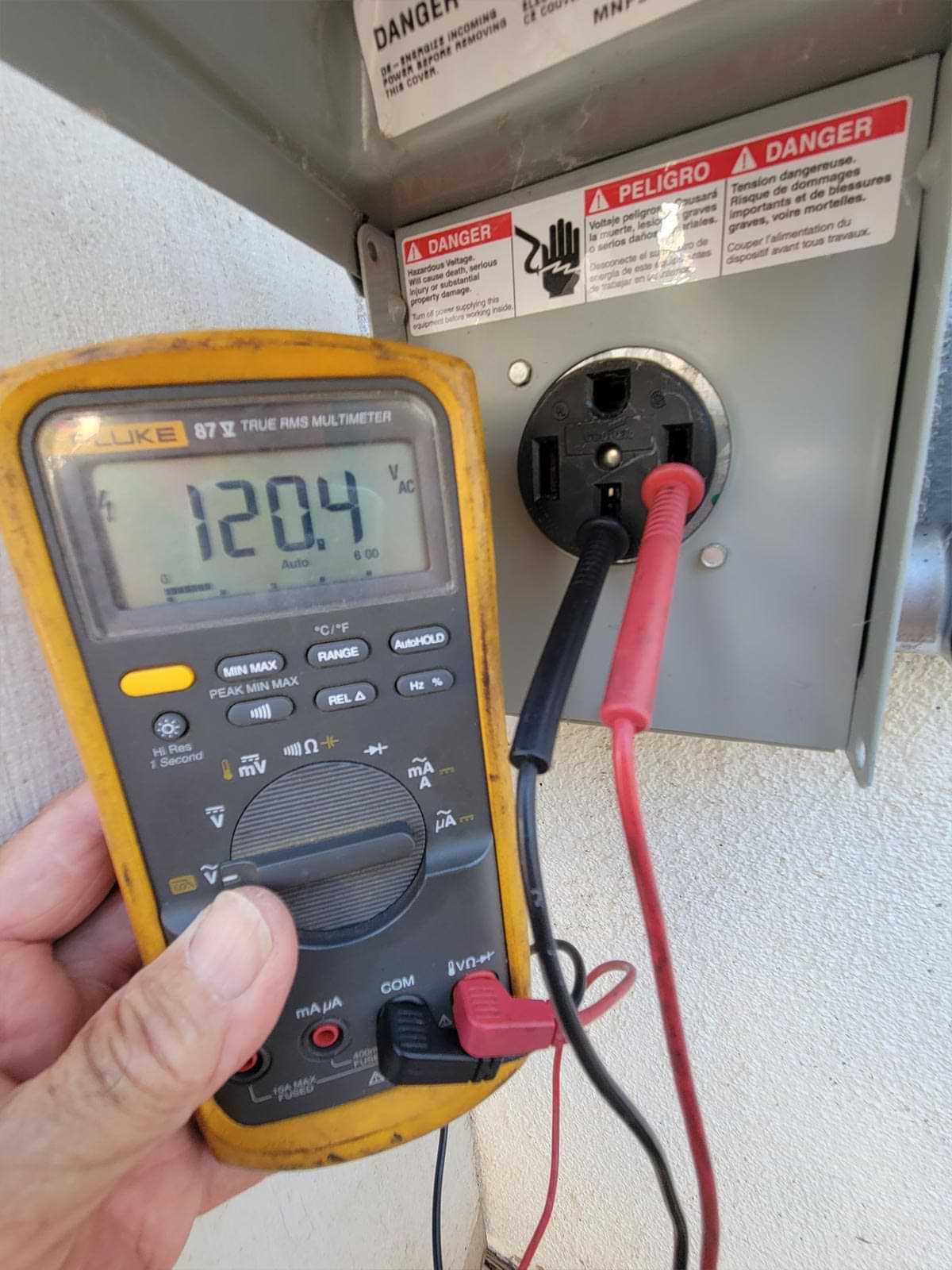
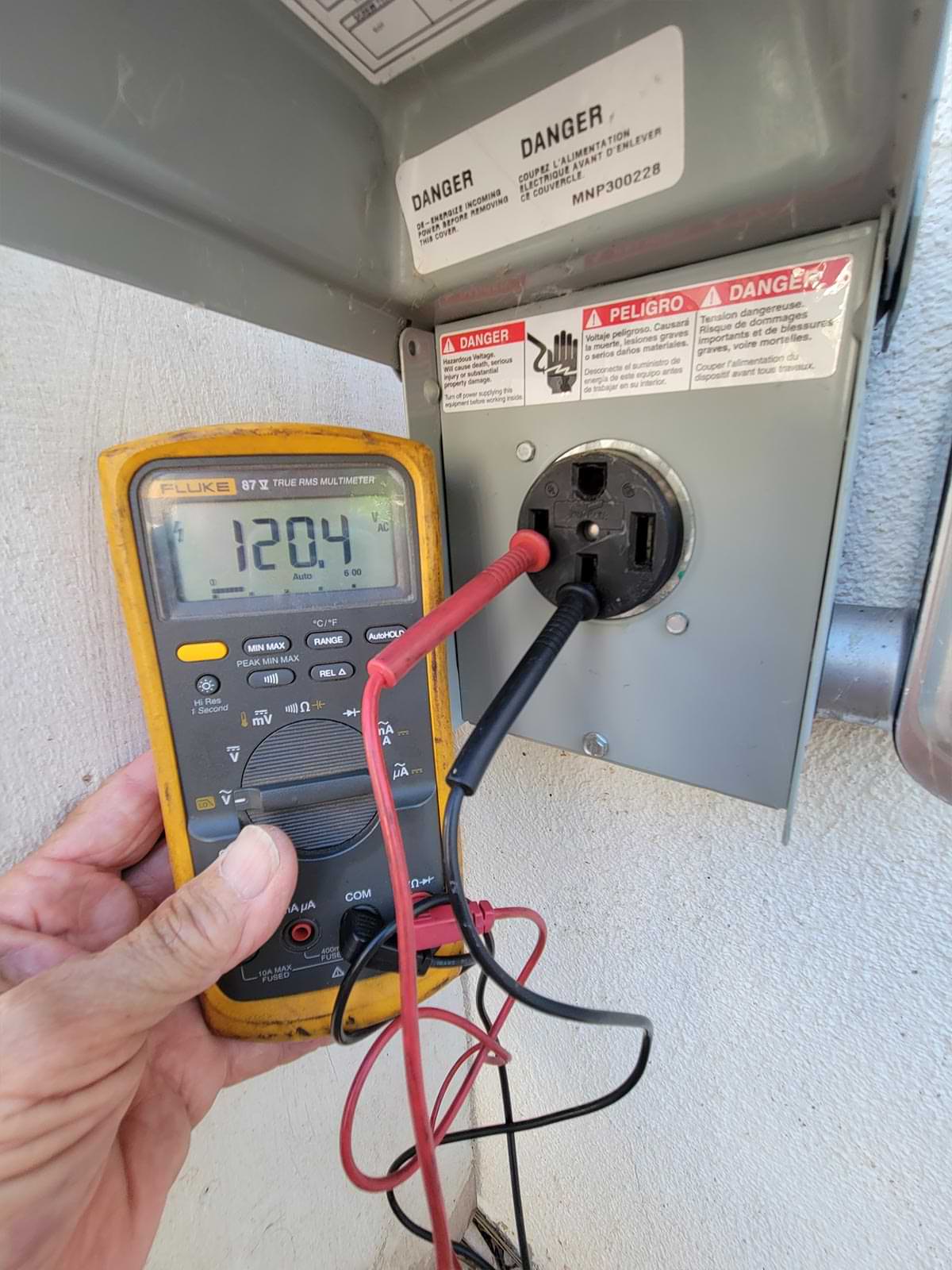
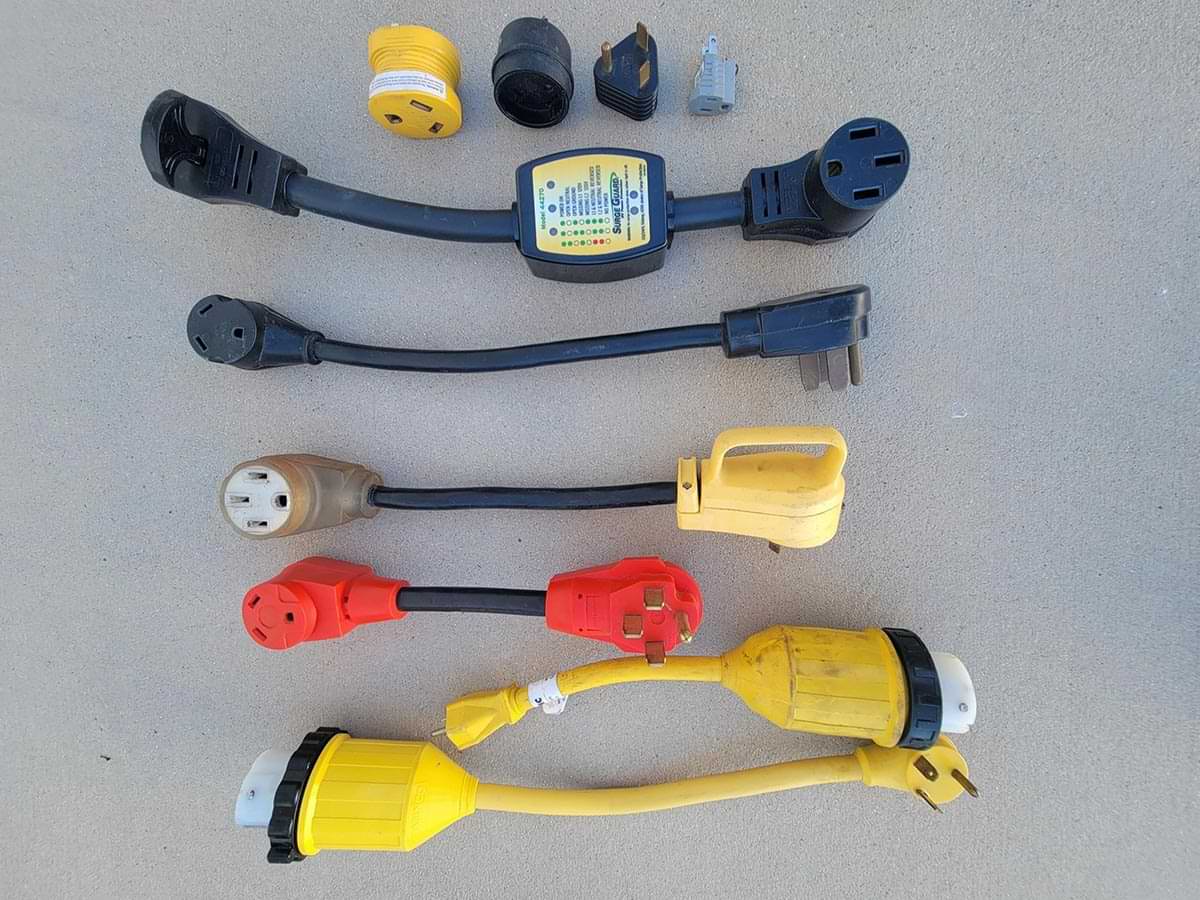
There are plenty of adapters on the market, which allow users to connect to just about any power provision. Common sizes are 50- to 30-amp and 30- to 15-amp, which will cover just about any situation. Adapters with pigtails are best, since the all-in-one models typically arc and short out more quickly.
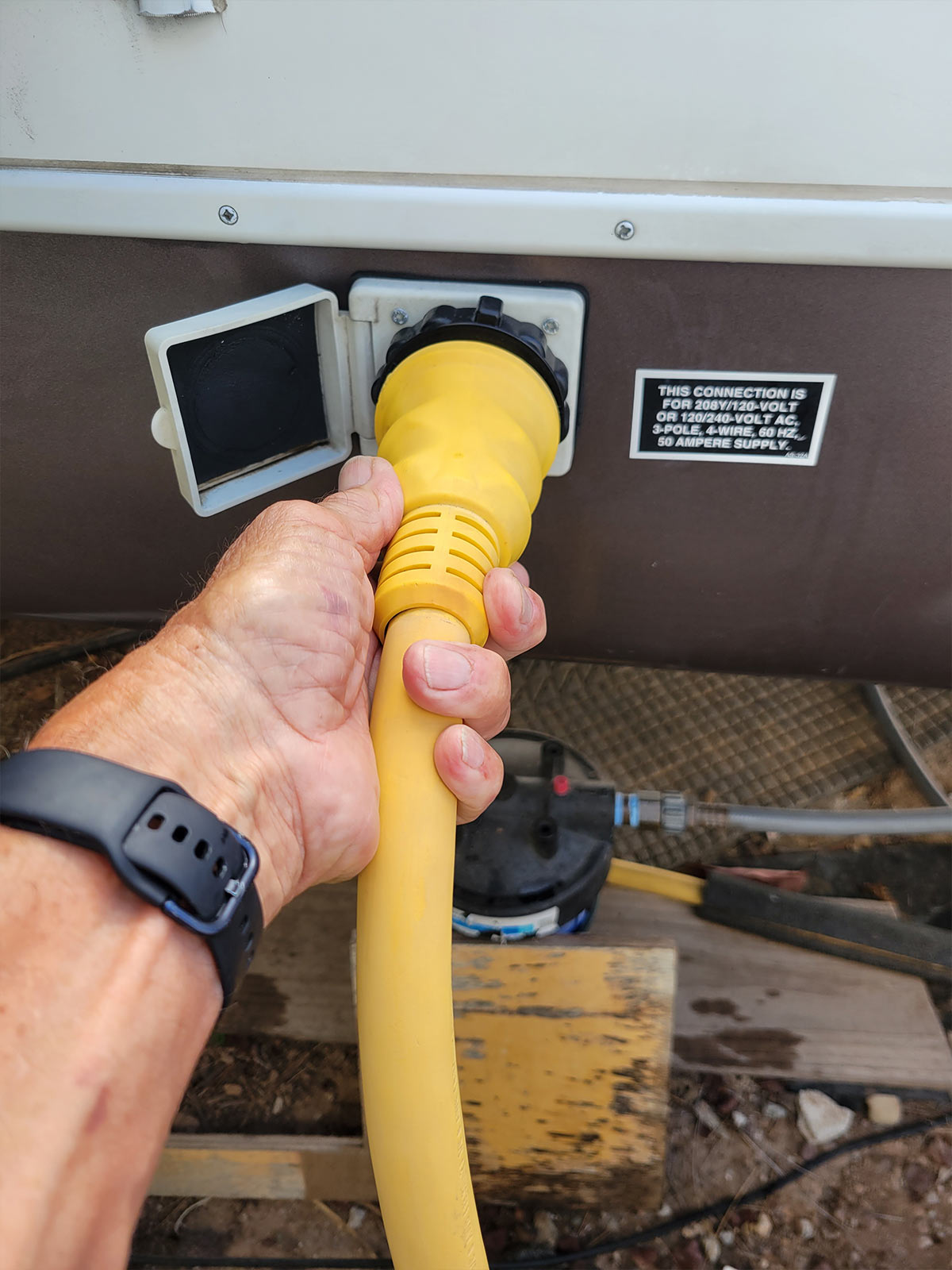
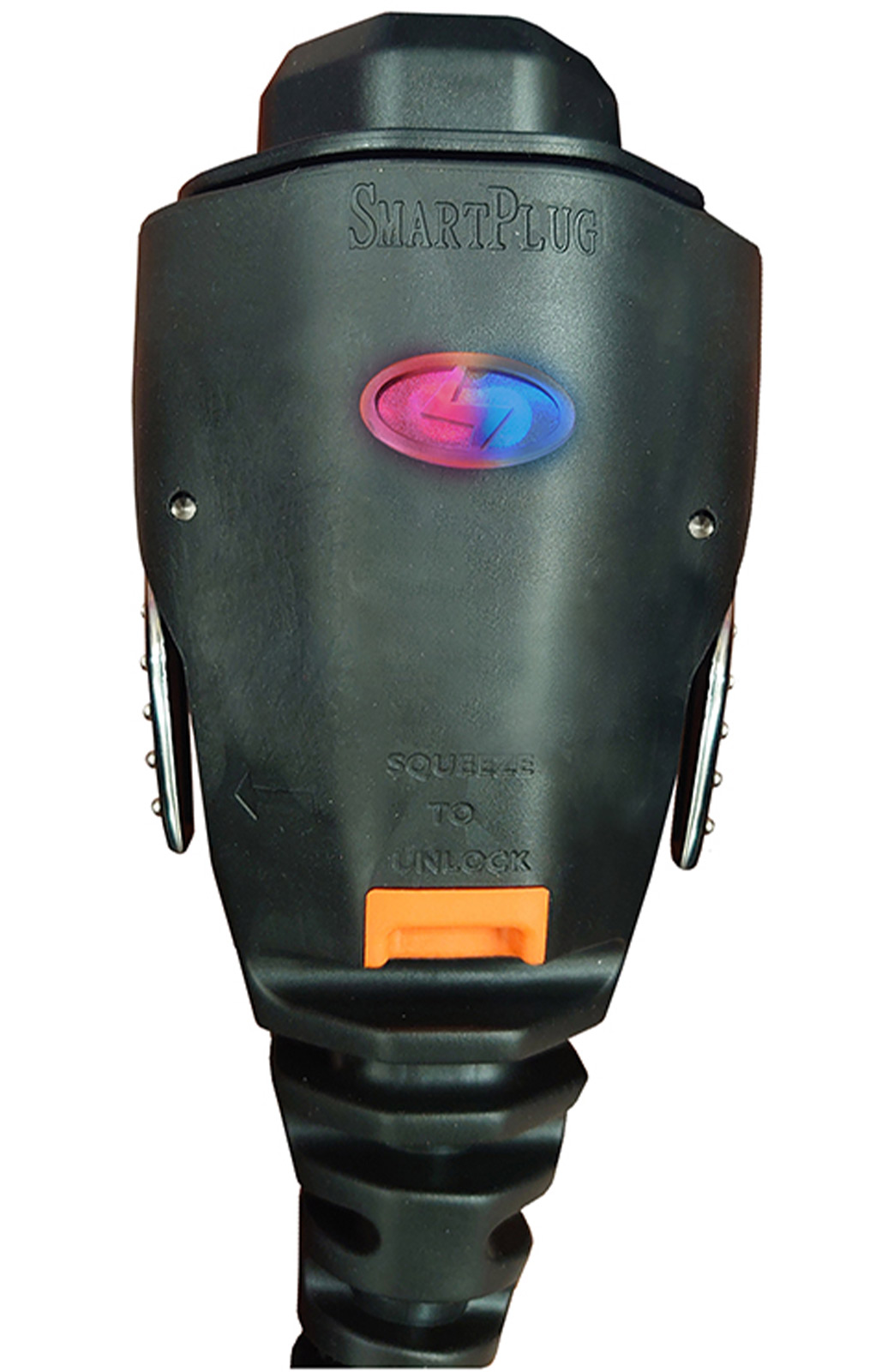
Adapters that make it possible to plug 30- and 50-amp power cords into other than their respective outlets should also be part of any RV’s supply arsenal. Typically, an adaptor is used to connect a 50-amp cord to a 30-amp supply, but there are times when a 30-amp cord must be plugged into 50-amp service when multiple options are not afforded at the hookup box. Keep in mind that, regardless of the adapter and/or cord, power input is always dependent of the available service at the box and the RV’s circuit breakers. Only use adaptors with attached pigtails — the all-in-one versions get hot and can arc easily and can be rendered unsafe.
Already a Subscriber? Click here for Access to the Full Issues.

